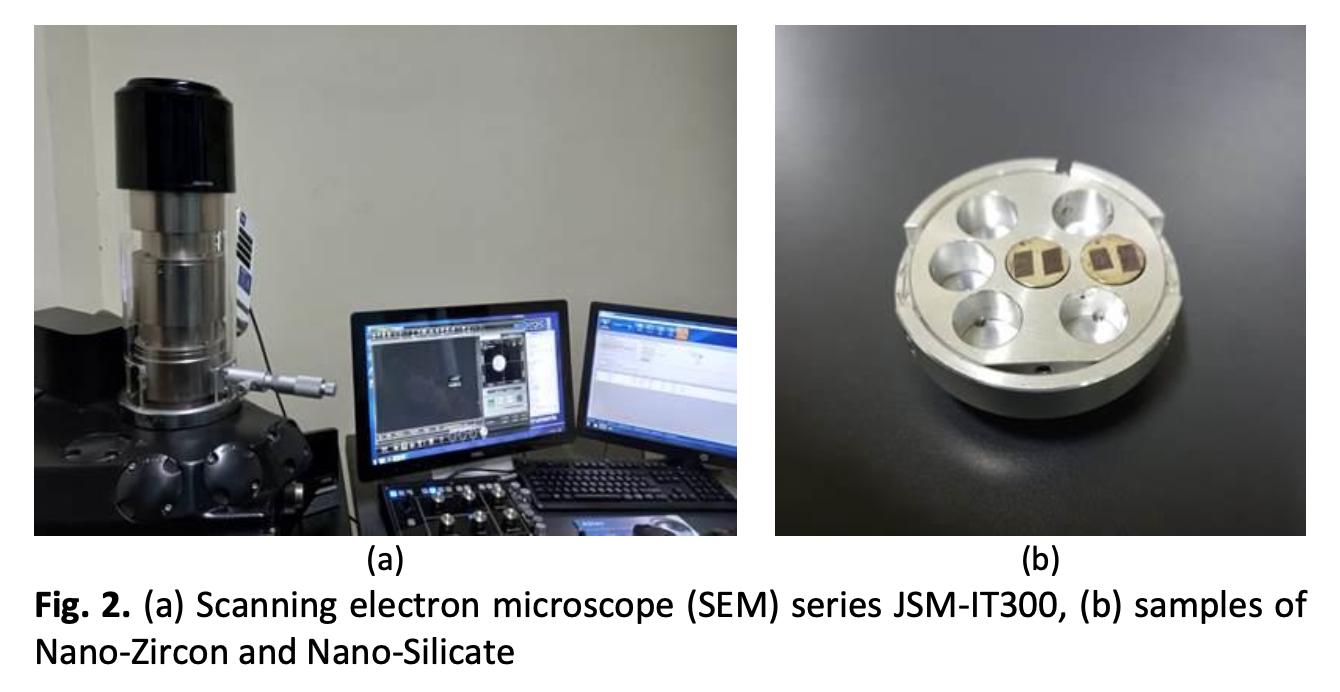Characterization and Stability of ZrO2-SiO2 Nanofluids from Local Minerals Indonesia as Green Nanofluids to Application Radiator Cooling System
DOI:
https://doi.org/10.37934/arfmts.111.2.126140Keywords:
Empty palm oil shell, green nanofluids, nano-silicate, nano-zircon, stabilityAbstract
In the last few years, there has not been much research on green nanofluids that come from material resources such as parts of palm oil and natural zircon sand. Green nanofluids need to be developed to improve heat transfer performance. The characterization of nanoparticles made from the synthesis process and the stability of ZrO2-SiO2 Nanofluids-W/EG, different volume concentrations were investigated. The experiments carried out were characterization of nanoparticles using SEM and FTIR, the stability of green nanofluid was investigated for a volume concentration of 0.1-0.3%, using UV-Vis, Zeta potential and sedimentation observation. The results show that the size of Nano-Zircon particles of 32.984-38.465 nm and Silicate nanoparticles with of 44.002-50.444 nm. The stability of ZrO2-SiO2 Nanofluids-W/EG made with the UV-Vis method is stable up to 30 days after preparation with a sonication time of 2 hours with a value of 70-80%. The zeta potential evaluation performed for green ZrO2-SiO2 Nanofluids-W/EG obtained a value of 45.37 mV with good stability classification. Sedimentation from this visual observation obtained the absence of agglomeration after 30 days.
Downloads
































